I have published several papers in multiple sensor data fusion, feature extraction for structural health monitoring, fuzzy control and neuro-fuzzy systems. My research interests include information/sensor integration/fusion and applications, wireless sensor networks, internet of things, Kalman filtering, structural health monitoring, fuzzy control systems, artificial neural networks, neuro-fuzzy systems, and intelligent/adaptive control.
Current Research
Currently, I am Professor and researcher at the Center for Computing Research, National Polytechnic Institute. Some of the projects I am currently working are described below:
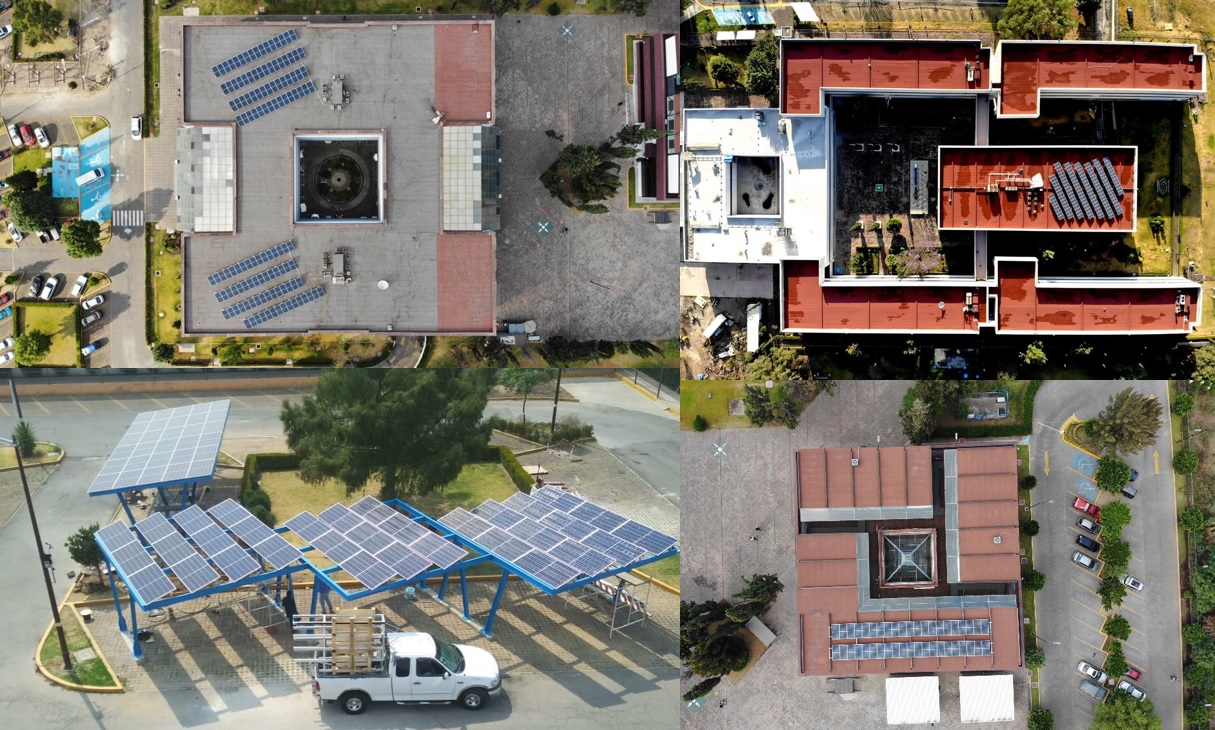
IPN-INBAL Sustainability Program: Solar Photovoltaic Electricity Generation and Consumption Reduction,
Participants: Dr. Ponciano Jorge Escamilla-Ambrosio, Dr. Marco Antonio Ramírez-Salinas, Matro. Osvaldo Espinosa-Sosa,
Dr. Luis Hernández Callejo (U. Valladolid, España), Biol. Martín Morales-Olea (FINBA).
This is part of the energy sustainability program intended to reduce the
carbon footprint of Instituto Politécnico Nacional and Instituto Nacional de Bellas Artes y Literatura
by implementing solar photovoltaic electricity generation systems
along with electricity consumption reduction actions implemented in 17 entities.
These actions were implemented in accordance with recommendations defined by environmental committees and considering the
diagnoses of baseline energy consumption. The quantification
of the savings generated by the implementation of operational measures of technological
substitution and solar photovoltaic electric power generation found that
on average the reduction in monthly electricity consumption is 31% with the
consequent economic savings. Regarding the reduction
of the carbon footprint, an impact on non-generation of tonnes of CO2 equivalent
amount 37% quantified with reference to the generation before the implementation
of the operational and power generation measures.
CIC-Sustentabilidad,
CIC-Energía
go back to the top
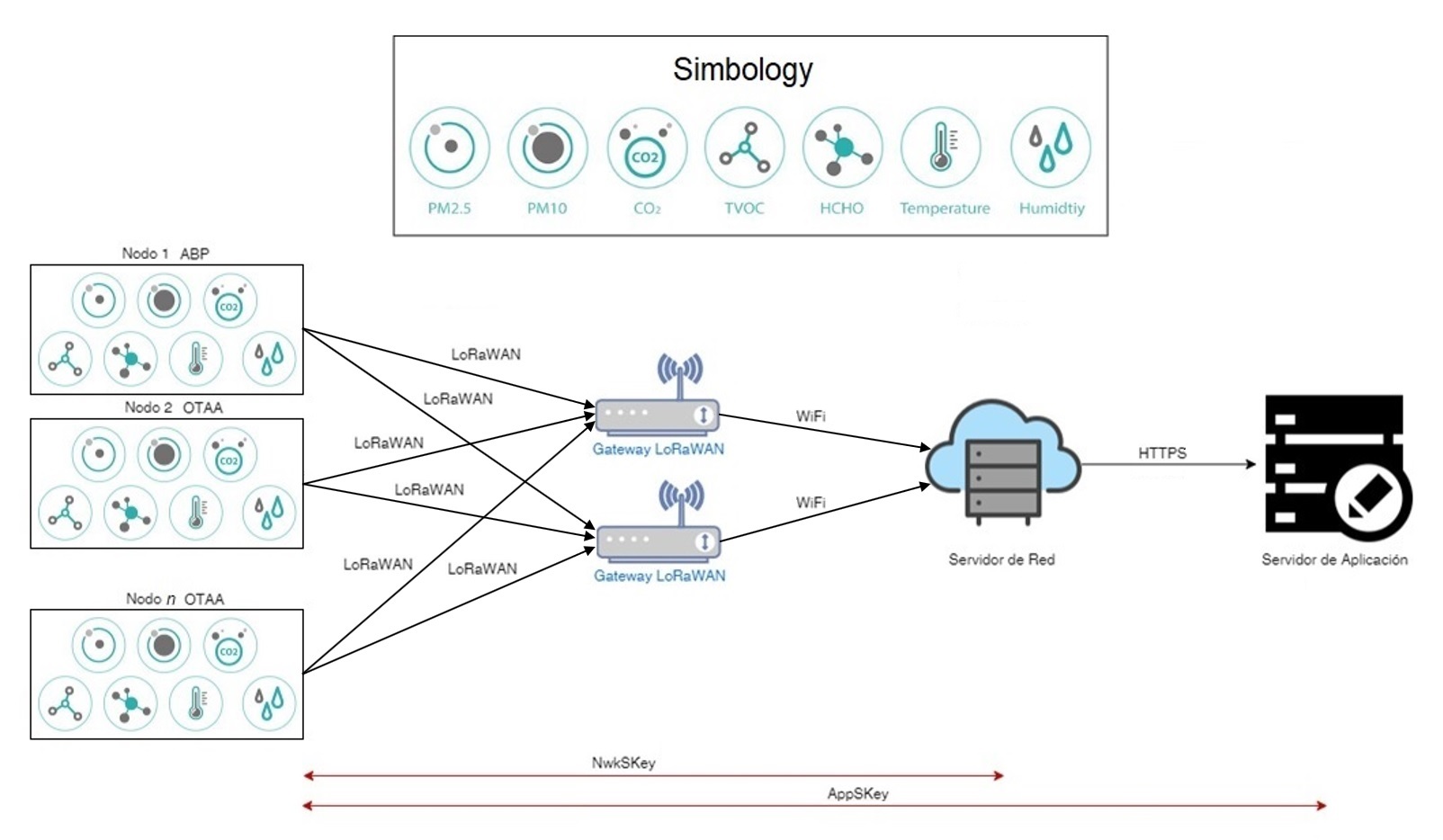
Internet of Things System for Intelligent Monitoring and Analysis of Environmental
Parameters that Affect Climate Change, Participants: Dr. Ponciano Jorge Escamilla-Ambrosio, Dr. Floriberto Ortiz-Rodríguez,
Dr. Alberto Jorge Rosales-Silva, Dr. Narcizo Muñoz-Aguirre.
Director of the Multidisciplinary Project "Internet of Things System for Intelligent Monitoring and Analysis of Environmental
Parameters that Affect Climate Change", IPN registration number SIP-1999, consisting of the modules: SIP-20190250 "Design and
implementation of a environmental monitoring system to measure: UV Radiation, Dust Particles and Carbon Monoxide, in the
Professional Unit Adolfo López Mateos - IPN ”; SIP-20190264 "Secure architecture of the Internet of things for monitoring
environmental parameters"; SIP-20194996 "Processing and analysis of data obtained from environmental parameters acquired
through sensors using soft computation"; SIP-20195580 "Characterization of CO, CO2, temperature and humidity sensors for
their application in the monitoring of atmospheric pollutants in an IoT architecture".
CIC-Medio Ambiente
go back to the top
Previous Research
Some of the projects I have worked in the past are described below:
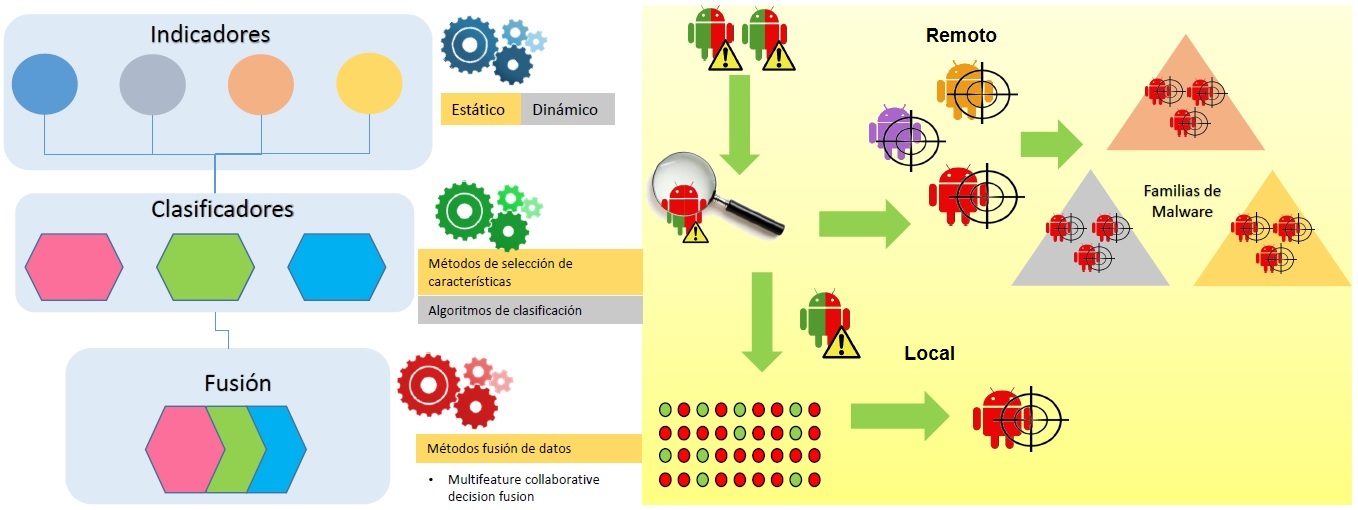
2-Hybrid Android Malware Detection Methods, Participants: Dr. Ponciano Jorge Escamilla-Ambrosio, Dr. Abraham Rodríguez-Mota,
Dra. Lilian Coronado-De-Alba.
Current pervasive usage of mobile devices around the world has soared big security and data protection concerns. Although the long way of
development in PC security malware treatment in the computer science and industrial areas, mobile devices security research has proven
to be a complex process pulling together monitoring, analysis and identification tasks. Therefore, the aim of this research is to design
and develop a hybrid malware detection fremawork, which will explore the integration and managing of different malware detection and
analysis methods. The term hybrid implies both a local (host)-remote (server/cloud) implementation and a static-dynamic analysis approach.
go back to the top

Monitoring non authorized remote access to private information, CONACYT grant. Participants: Dr. Ponciano Jorge Escamilla-Ambrosio,
Dr. Abraham Rodríguez-Mota, Dra. Lilian D. Coronado-De-Alba, Dr. Eleazar Aguirre-Anaya, Dr. Moisés Salinas-Rosales, Dr. Raúl Acosta-Bermejo;
Master's students: Salvador Morales-Ortega, Cindy G. Hernández-Acosta, Gerardo Tinajero-Manjarrez.
It is clear that the Internet has had a social
impact which has radically changed many aspects of people’s daily life. Moreover, in recent decades technological advances have enabled
the development of mobile devices capable of being connected to the Internet on the move. While this has brought many benefits,
it has also produced new ways and opportunities to commit crimes. These new forms of crimes have been grouped generically under the term
of 'cyber crime'. Moreover, cyber attacks are malicious software, user spoofing attacks or data theft (hacking) and other mechanisms designed
to cause financial or political prejudice. According to a recent report, cyber attacks have been steadily becoming a threat to the global
economy. In the social context, today there is a lot of private information stored in mobile devices. This information can be obtained
without the authorisation of the user or owner of such information by malicious software inserted into the device remotely, either over
the Internet or through the mobile phone network. This information is being used with different illicit purposes including fraud, extortion,
identity theft, among others. As the number of people using mobile devices increases, the extent of the cyber crime problem is also increasing.
In particular, the theft of information and its subsequent use to commit crimes is becoming a public safety issue. In order to respond to
this problem, this project aims to carry out applied scientific research towards developing tools for monitoring anomalous behaviour and
detection of malicious software, including those which have access to private information stored in mobile devices without the owner's authorisation.
go back to the top
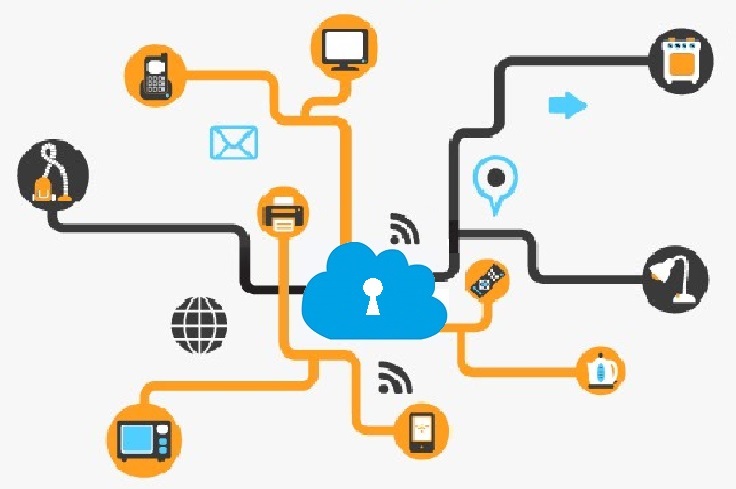
I am doing research on the area of the Internet of Things (IoT) and applications, including security issues. The IoT promises to be the next technological revolution that is going to change our way of life and the way we interact with everything. Among the different applications that can benefit from this technology include: vehicle, asset, person and pet monitoring; agricultural automation; energy consumption; security and surveillance; building management and automation; energy monitoring and management; smart homes and cities; tele-medicine and health-care; among others.
go back to the top
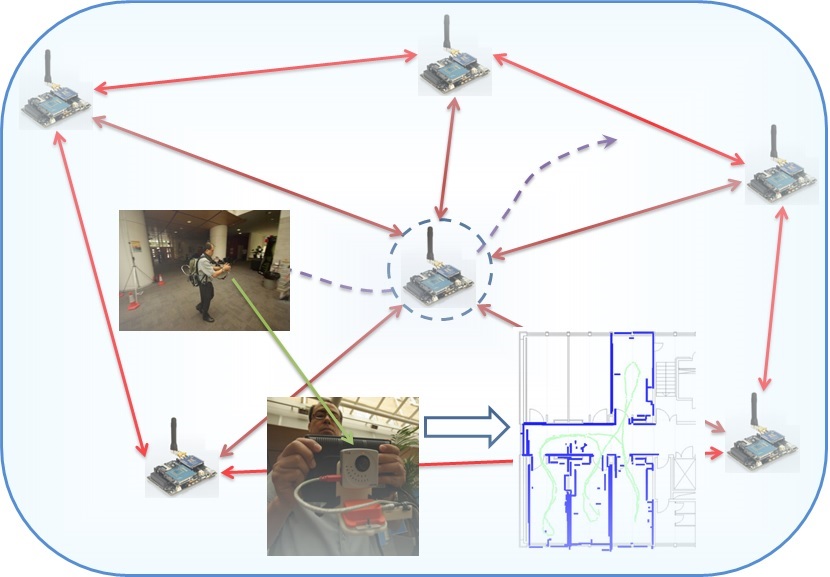
I am doing research also in the area of personal navigation using inertial sensors and wireless sensor networks (WSN). Personal navigation will allow different location based applications. In outdoor environments, the solution is provided by Global Position System (GPS). However, in indoor applications or in urban canyons GPS does not work. Therefore, alternative solutions for indoors navigation are being researched. Pedestrian dead reckoning using inertial sensors and WSN is an alternative that is being explored.
go back to the top
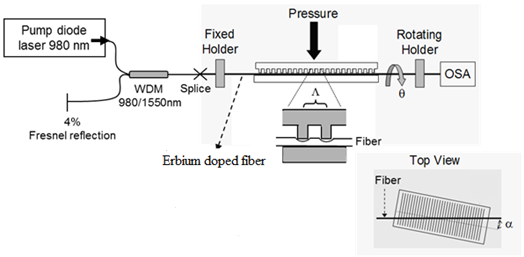
I am collaborating with researchers at CIITEC-IPN in developing fiber optics (FO) sensors for structural health monitoring applications. The advantages of FO sensors, with respect to traditional sensors, are that they are immune to electromagnetic interference, they are lighter, and a single fibre can be used as a distributed sensor.
go back to the top
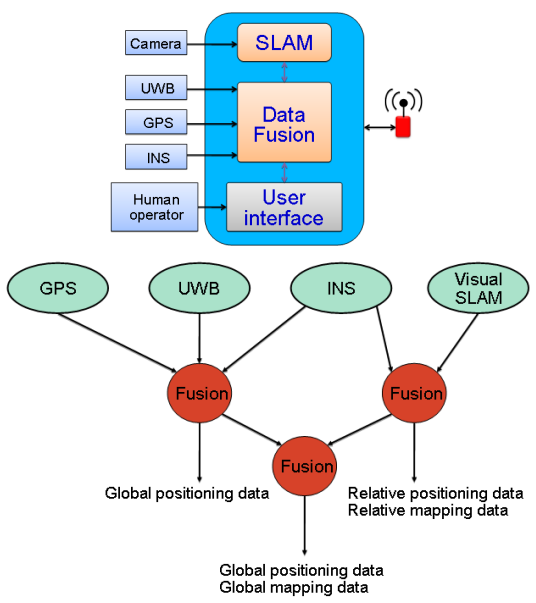
From August 2008 to March 2010 I was Research Associate within the Department of Computer Science at the University of Bristol. The focus of my research there was the development of sensor fusion algorithms for the collaborative research project called ViewNet. The objective of this project was the fusion of multiple sensors including mono-vision, GPS, UWB positioning system, and INS to perform simultaneous localisation and mapping (SLAM) of indoor and outdoor unstructured environments.
go back to the top
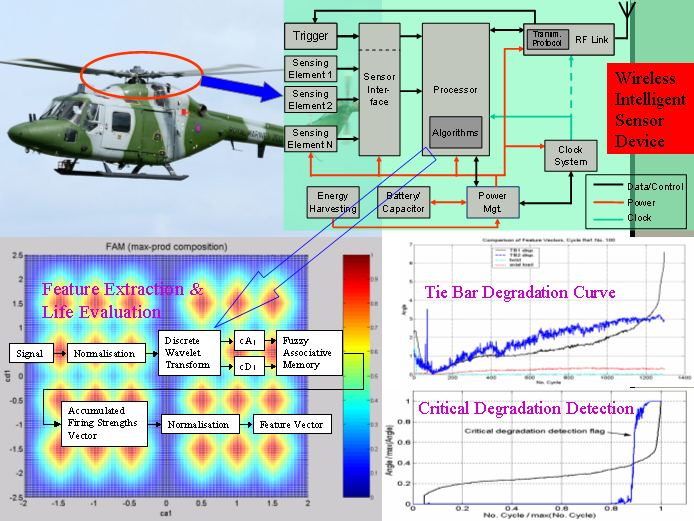
From July 2005 to July 2008 I participated in the collaborative research project entitled 'Wireless Intelligent Sensing Devices for Health Monitoring' supported by The UK Department of Trade and Industry (DTI), DTI Project No. TP/2/SC/6/I/10347. The project partners were the University of Bristol, Augusta Westland, TRW Conekt and Systems Engineering & Assessment Ltd (SEA). Under this programme I was responsible of the research work to in the area of feature extraction, pattern recognition and sensor fusion to detect and classify damage in rotorcraft structures (rotor-head). I proposed intelligent approaches to feature extraction and pattern recognition combining wavelet transform theory, fuzzy sets theory, and statistical process control theory. The proposed approach successfully detected critical degradation in tie bars and discriminated between worn and unworn pitch link components of a rotor-head structure.
go back to the top
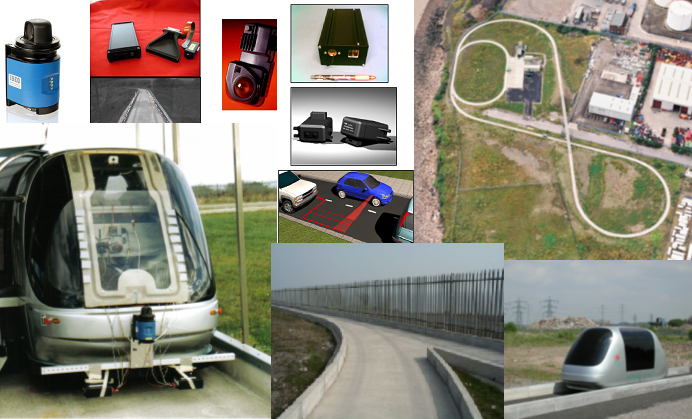
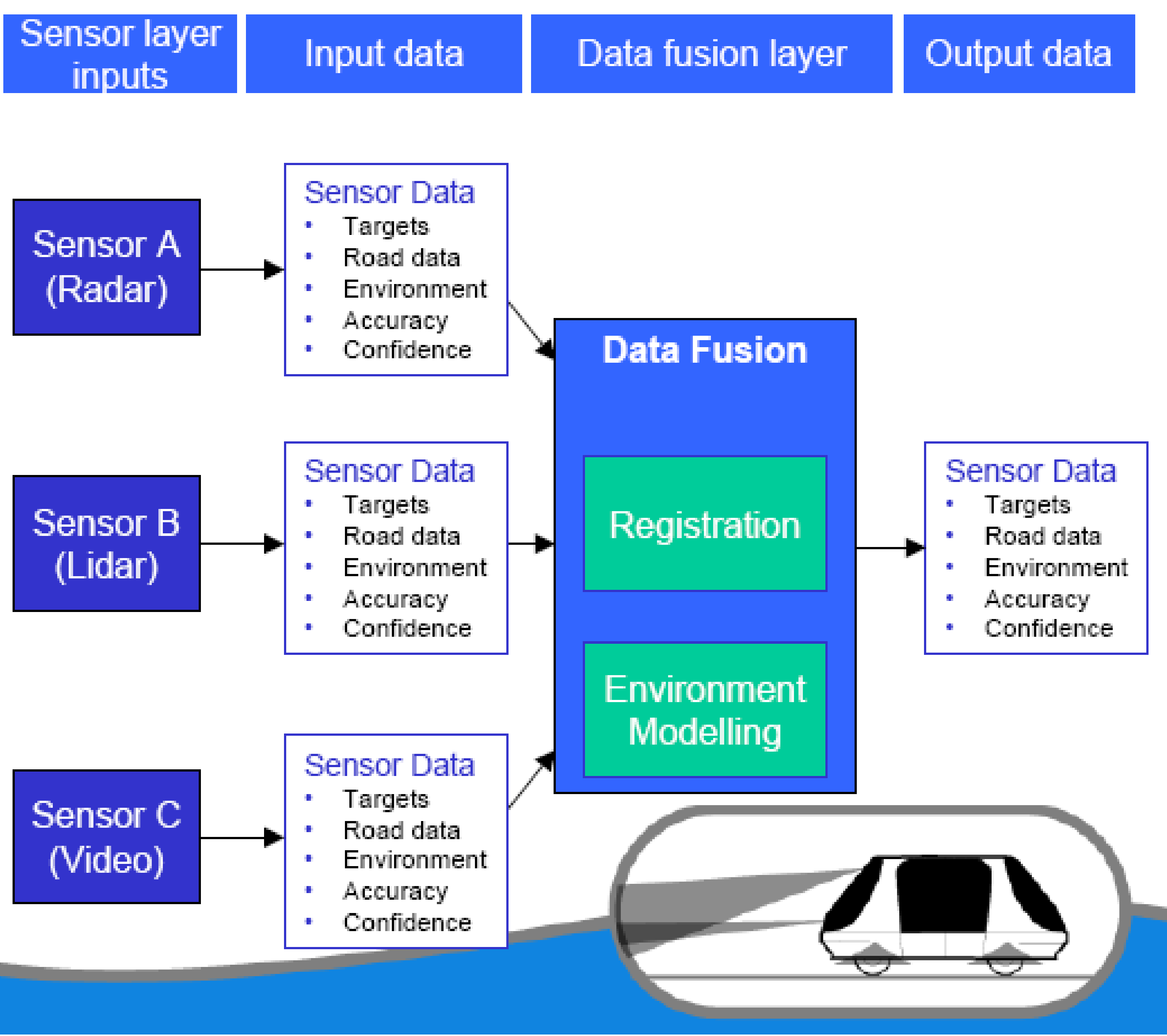
From July 2003 to June 2005 I participated in the collaborative research project entitled 'Autotaxi'. The consortium to develop this project was integrated by the University of Bristol, Advanced Transportation Systems Ltd, TRW Conekt, Praxis Safety Critical Systems Ltd and the University of Warwick. The objective of the Autotaxi project was to develop a safety critical sensor system to perform the sensing required by small autonomous electric vehicles, referred to as Urban Light Transport (ULTra) vehicles, to navigate safely on dedicated paved guideway networks. As co-investigator in this project I developed the multi-sensor data fusion algorithms implemented in the Autotaxi system. Three multi-sensor data fusion systems were developed: 1) Multiple sensor multiple target tracking system, 2) Multiple sensor guideway detection system, and 3) Multiple sensor identity fusion system.

